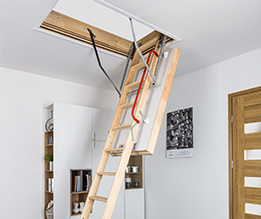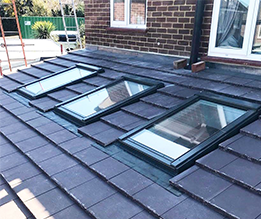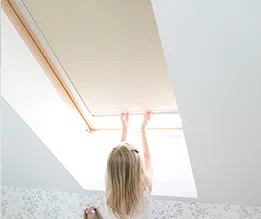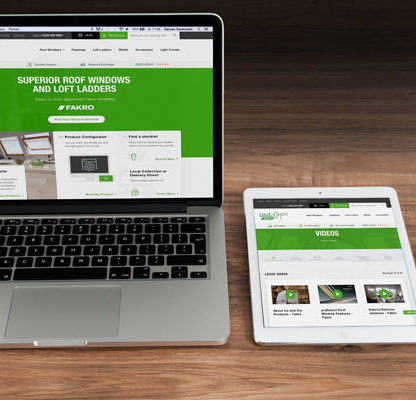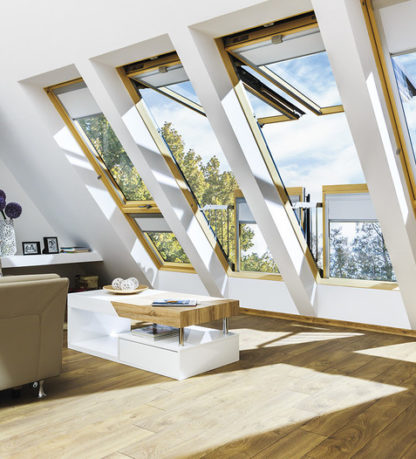Don’t move, improve: How much value does a loft conversion add?
If you're struggling for space or looking to add more useable rooms in your home, it might be tempting just to pack up and move somewhere bigger. But moving to a new house can be a major upheaval, causing stress to yourself and your family, and that's not to mention the costs involved in trying to sell and buy property in an unpredictable market.
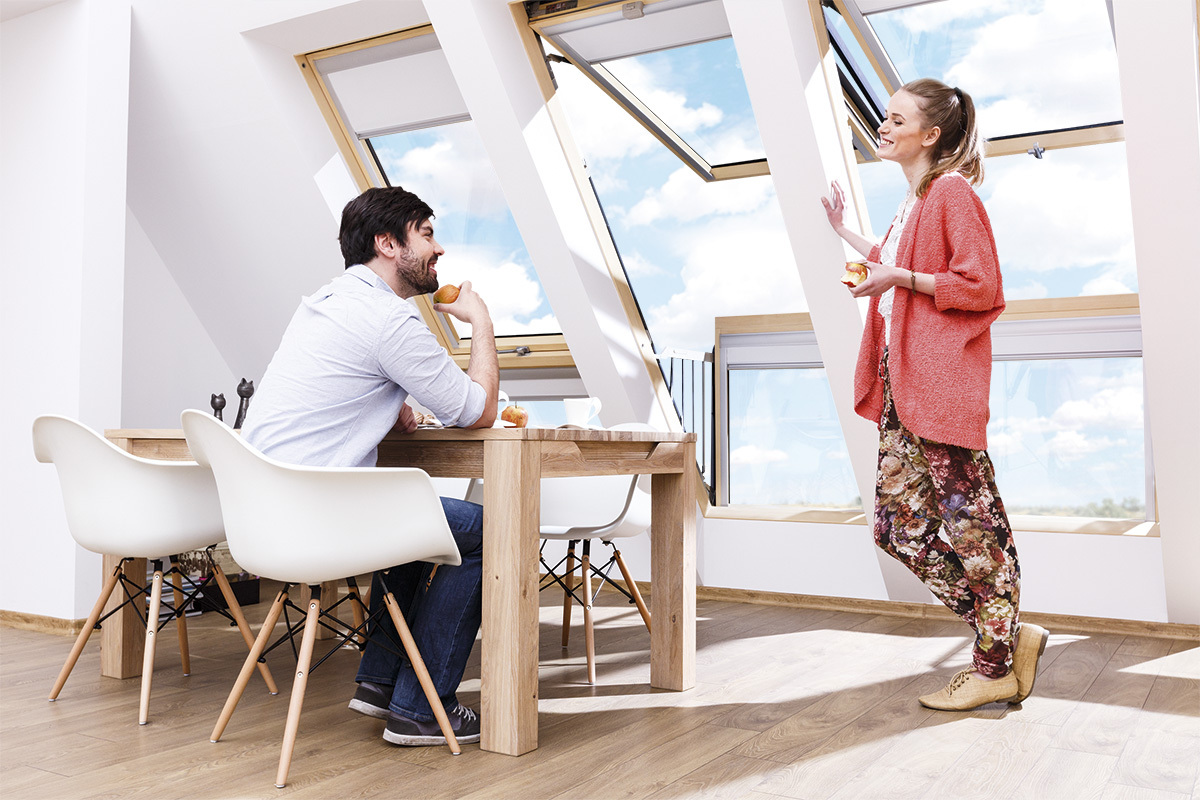
Luckily, buying a larger house isn’t always necessary if you’re clever about the space you have and build upwards with a loft conversion. Extending this way means you can increase the number of rooms in your current home, solving your space issue and adding value, while cutting out the emotional and financial strain involved in moving.
Converted lofts add space, light, and a useable living area to your property, so they can make even small houses more comfortable to live in — and be more appealing to potential buyers further down the line. That means that adding a loft conversion or extension now may even increase the value of your property, so you stand to make back any money you spend (plus a little extra) when you do eventually sell.
In this guide, we’ll take you through exactly how much value a loft conversion can add to your home. We’ll cover:
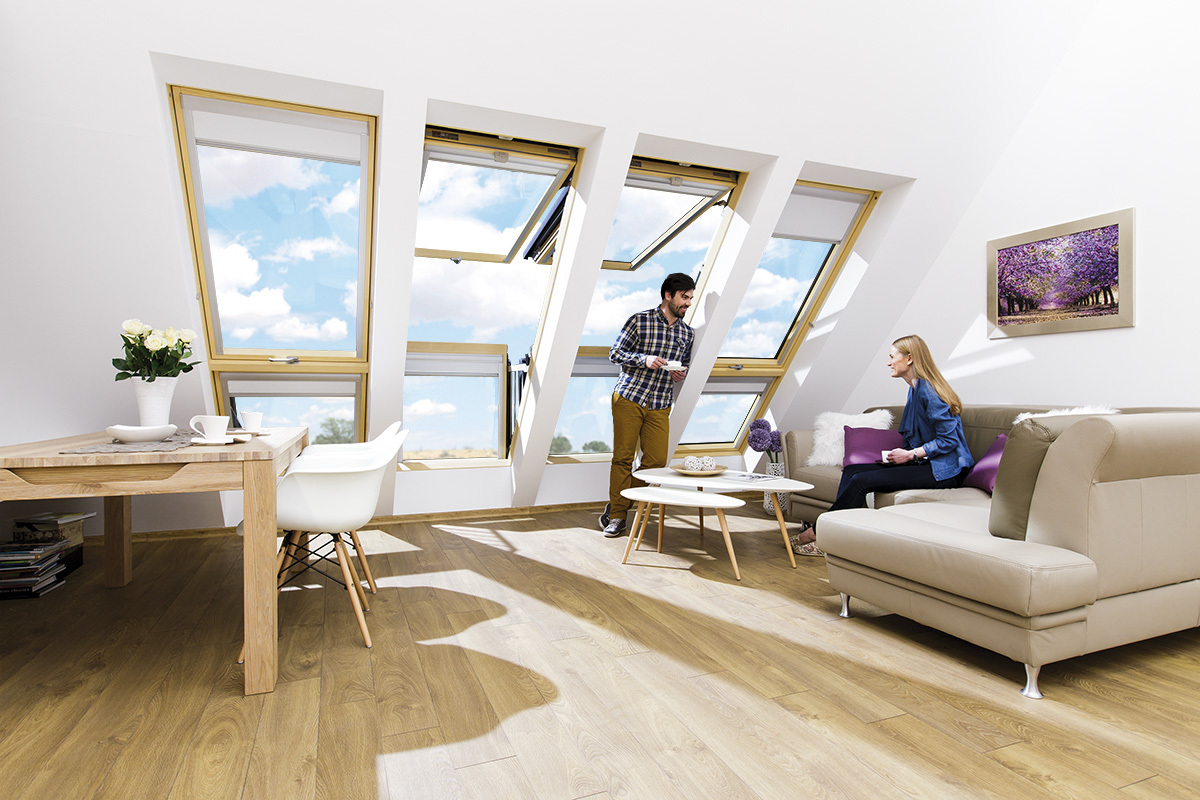
Does a loft conversion add value?
First things first, how much does a loft conversion add to the value of your property? The answer is quite a lot. As a guide, a well built and perfectly appointed loft conversion can add between 10–20% to the value of your home (Nationwide). They can add even more in areas where space is at a premium — for example, a loft conversion will add more value in London and other city centre properties.
What’s more, loft conversions are also one of the most cost-effective ways to increase property value. This is because they are generally cheaper than other major renovations, such as extensions, and they are often less disruptive too. You might not even need planning permission for certain types of loft conversion! Of course, you will need to consider whether your property is suitable for a loft conversion, and take into account the up-front costs involved.
Another thing to consider is how a loft conversion can improve the eco-credentials of your home by maximising space and increasing the energy efficiency of your home. Going green can add a further 5% value to your property, and if your conversion includes sustainable elements like natural insulation and eco-friendly roof windows, you can appeal to more conscious buyers. By focussing on energy efficiency, you may see improvements on your EPC rating, which in turn will help keep your bills low — and your resale value high.
How do I know if a loft conversion will add value to my home?
Before spending any budget on design or building works you must work out if a loft conversion will add value to your home. You should consider if your property type is suitable for a loft conversion, though most are — even terraced houses can benefit from the added space.
However, you need to understand the existing structure of your loft to see if the changes you want to make will deliver a profitable return. For example, your loft must adhere to height measurements as detailed by The Planning Portal, for safety reasons among others. A loft conversion with restricted head height can only be used for storage, not as a living area, and a boarded loft used for storage alone will not significantly increase the value of your property.
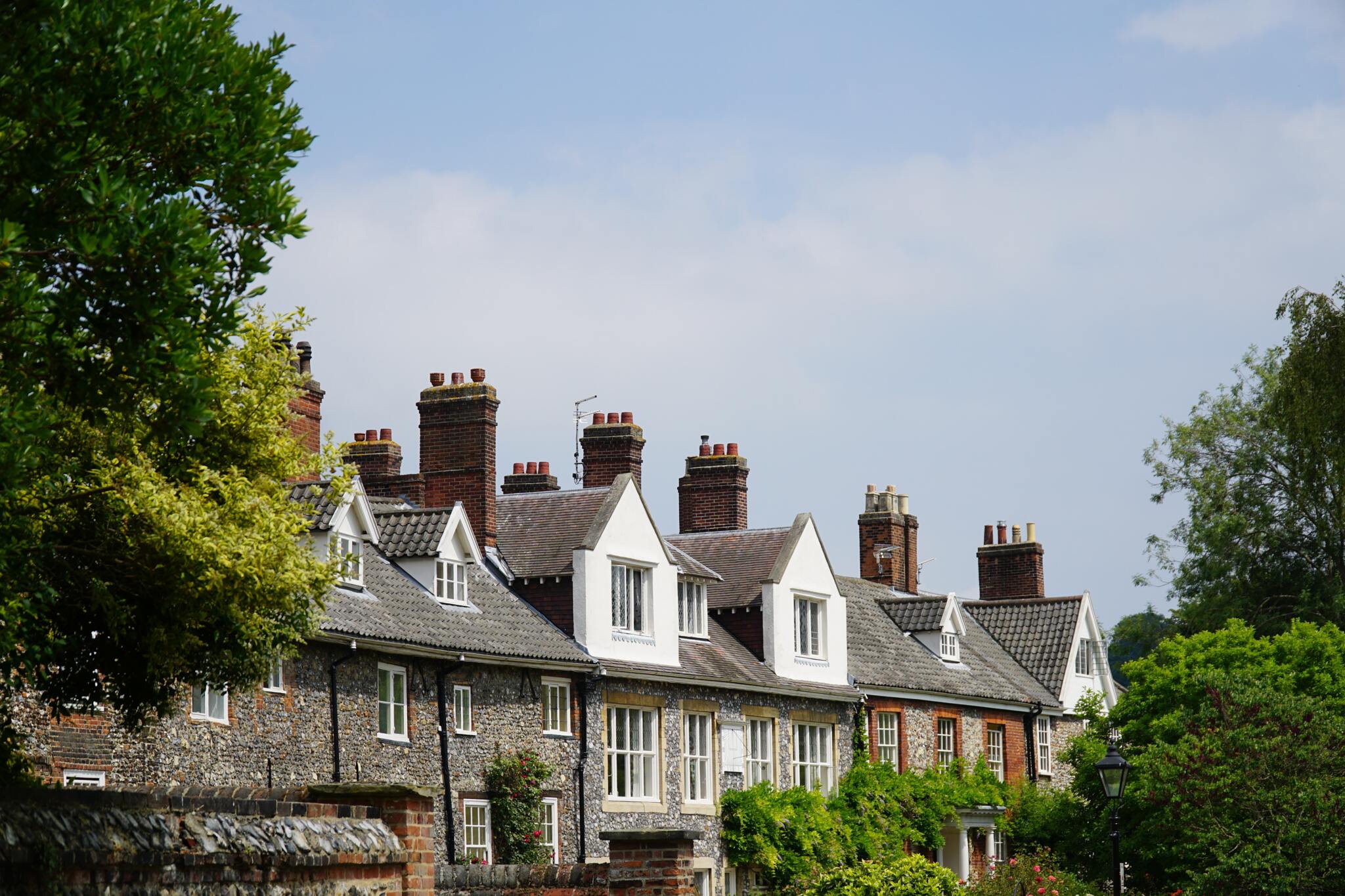
If your existing loft space is not high enough to convert with the simple addition of roof windows, you may still be able to alter sections of the roof to access extra headspace. However, this will mean forking out more for work and materials, plus it will require planning permission which can add additional costs to your project, all of which will come off your profit at the end. This can also be a long process and it is not guaranteed to end with approval, so working well in advance of your planned completion date will be key.
When setting your budget, consider the average prices for essentials such as prepping the existing loft for conversion, any rewiring, access arrangements, and fitting both flooring and roof windows. You should approach a range of architects or loft conversion specialists to compare the most competitive quotes for each of these processes, basing your budget on the top three, and read our guide to finding the right builder for your project here.
Another way to save money is to decide whether you can take up any of the work personally, for example by fitting the loft ladders yourself.

Which type of loft conversion will add the most value?
The cost of a loft conversion depends on various factors including the size of your loft and the type of conversion you choose or require. As a general rule, a loft conversion may add £50,000 to £60,000 onto the value of your home, depending on its size. As most loft conversions cost between £21,000 to £44,000, you’re almost certain to make a profit — but you’ll need to keep an eye on your budget to achieve a good return on investment (Household Quotes).
You don’t need to become a loft conversion expert, but you will need to appreciate that there are six main types of conversion to choose from. Each have their benefits and work best for different functions, but which will add the most value?
How much value your loft conversion can add to your home can depend on various factors such as your location and what you use the extra space for. As a general rule, the more space you have in your property, the more value you’ll add. However, more complicated loft conversions and extensions can also be more costly, so you’ll need to work out what kind is right for your home and budget.
Rooflight conversions are often considered the cheapest because they require very little structural work for installation and rarely need planning permission. They don’t increase the amount of loft space, but they do make it more useable and valuable. And, thanks to the wide range of roof windows on offer, it’s easy to customise this type of conversion to your exact needs.
These are used to add extra head height where space is restricted, so they’re a good option for small lofts. This would be the cheapest solution if you’re low on roof space. However, there is a chance you may need to apply for planning permission for this kind of conversion, and construction times may be longer which could add to the cost. You may not need planning permission for dormer windows.
These are common among semi-detached houses and include removing the sloping end of a roof, replacing it with a vertical wall to form a new gable end. This can add more space than a dormer, but will take more work and materials. While usually classed as a permitted development, there is a chance you may need to apply for planning permission for this kind of conversion.
Gable-to-gable conversions are achieved by creating a box extension which spans the two gables. In some cases, this requires increased height of the gable ends to support, which can be costly. But, like hip-to-gable conversions, they don’t always require planning permission.
These tend to add the most additional space out of any loft extension and involve replacing the roof slopes with steeper sloping sides, completed with a flat box roof over the top. You will require planning permission due to the amount of structural work involved., but the amount of space created may potentially outweigh the cost.
These may be possible if your current loft space is unsuitable for conversion. Instead, a new space is manufactured externally and fitted by removing the existing roof and installing the new module almost as an additional floor. Perfect for drastically increasing the amount of space in your home, however they will cost more than a traditional loft conversion and planning permission will be required.
How to get the most value out of your loft conversion
Once you’ve decided on a loft conversion to add value to your house, the fun part is choosing what to do with the new space you’ve created. You can use the extra room for whatever you like, however if you’re looking to maximise the potential value of your property, there are a few areas you may wish to focus on.
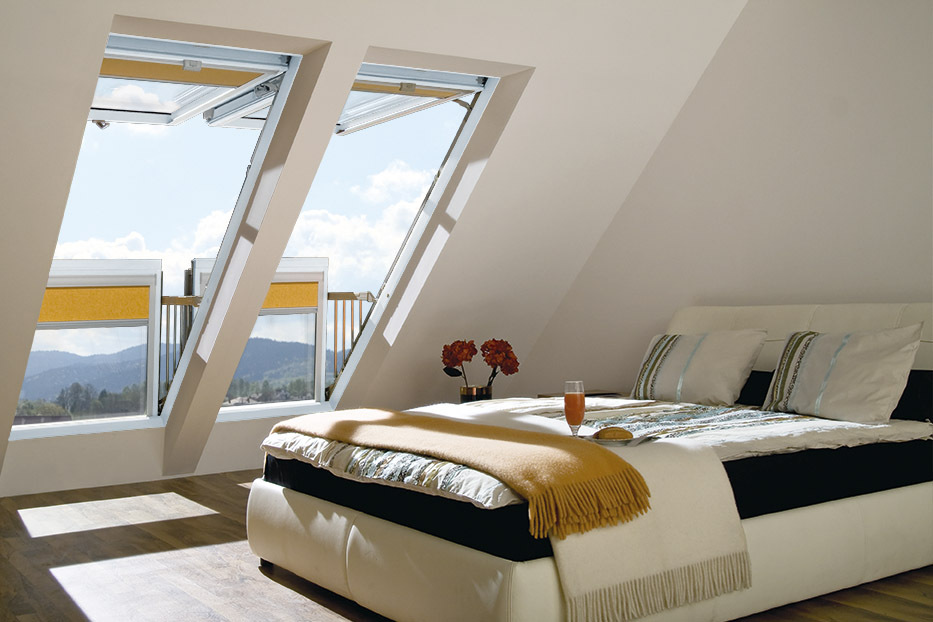
The new room that your loft conversion provides you with can be used for any purpose you wish, but an extra bedroom in your loft will add the most value to your home. You’ll need to ensure the space is cosy and practical, particularly if you’re going to use it as a spare bedroom for guests, which may include the addition of a new bathroom, wetroom, or en-suite. Adding any of these facilities, though they cost more up-front, may increase the value of your house even further.
You might be planning to use the extra space for something else, for example as a home office or a hobby room. Whatever you use your converted loft for, with roof windows you’ll have the added benefit of natural light. Not only does plenty of sunlight make the room look much more appealing to future buyers, but it can even have benefits for your health and wellbeing. So, with careful planning and installation of good quality, properly implemented windows, the loft could even become your new favourite place in the whole house.
Certain types of rooms can make your home more desirable to potential buyers further down the line. While options such as home gyms and offices may not add value directly, they are increasing in popularity, so they will appeal to people who may be willing to pay above asking price. With this in mind, it’s a good idea to research current trends and how to add the most value to your home to turn your converted loft space into the kind of room that’s in high demand.
Finally, if you do decide to turn your loft into a guest room, you could consider renting it out to generate some additional income. With the UK Government’s Rent a Room Scheme, you can earn up to £7,500 a year tax-free letting out a furnished spare room in your home, and the added privacy of your new loft room will have added appeal. You will have certain responsibilities as a resident landlord, but it’s a great option if you want to see a rapid return on your investment without selling your home.
Converting your loft involves a lot of preparation and planning, but as one of the best major home improvements in terms of disruption and cost, they have so much potential to add real value to your property. By looking upwards and unlocking the potential above your head, you may even benefit further down the line when you eventually come to sell you property. For more ideas, check out the rest of the articles in our Don’t Move: Improve campaign.
For more information about loft conversions, read our helpful articles from our Knowledge Hub. Or, to discuss your roof window and loft ladder requirements call the FAKRO Support Team on 01283 554755 or email: sales@fakrogb.com.

